Islands have always attracted human settlement, offering natural protection from enemies while providing access to marine resources and trade routes. These unique geographic locations have produced some of the world’s most fascinating cities, where isolation has fostered distinctive cultures and architectural solutions to the challenges of island living.
From ancient settlements that grew into major metropolitan areas to modern cities that have maximized limited land through innovative construction, island cities represent humanity’s ability to adapt and thrive in challenging environments. Here is a list of 14 amazing cities built on islands that showcase the ingenuity and resilience of island communities.
Venice
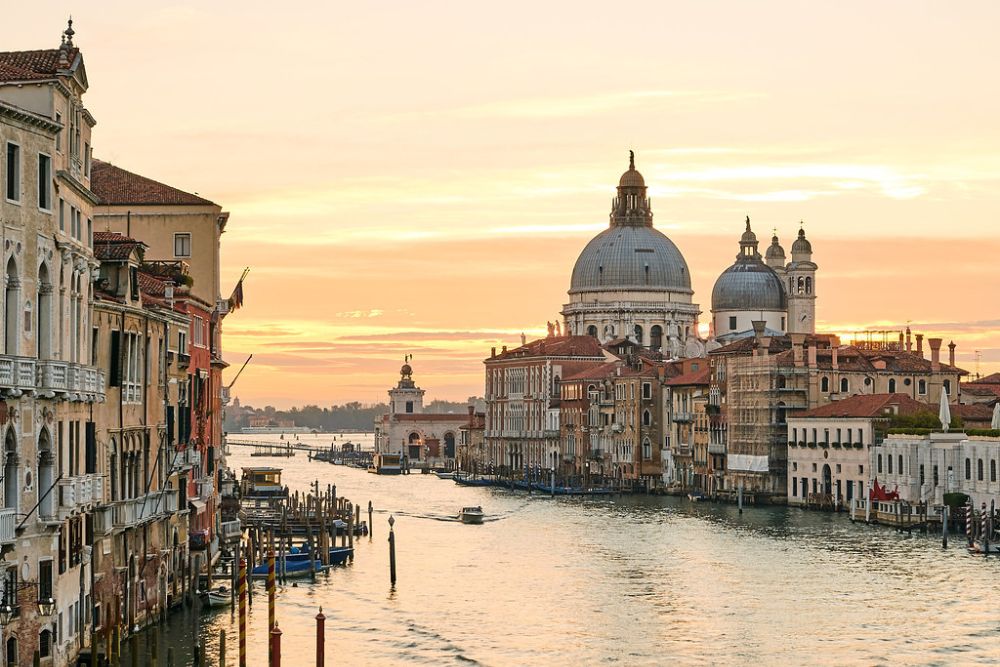
Italy’s floating city spans 118 small islands connected by over 400 bridges, where canals replace streets and boats serve as the primary mode of transportation. The city was built on wooden pilings driven deep into the marshy lagoon, creating a foundation that has supported magnificent architecture for over a thousand years.
St. Mark’s Square and the Doge’s Palace demonstrate the wealth and power that Venice accumulated through its dominance of Mediterranean trade routes. The city’s unique setting continues to attract millions of visitors who come to experience life in a place where cars cannot go.
Manhattan
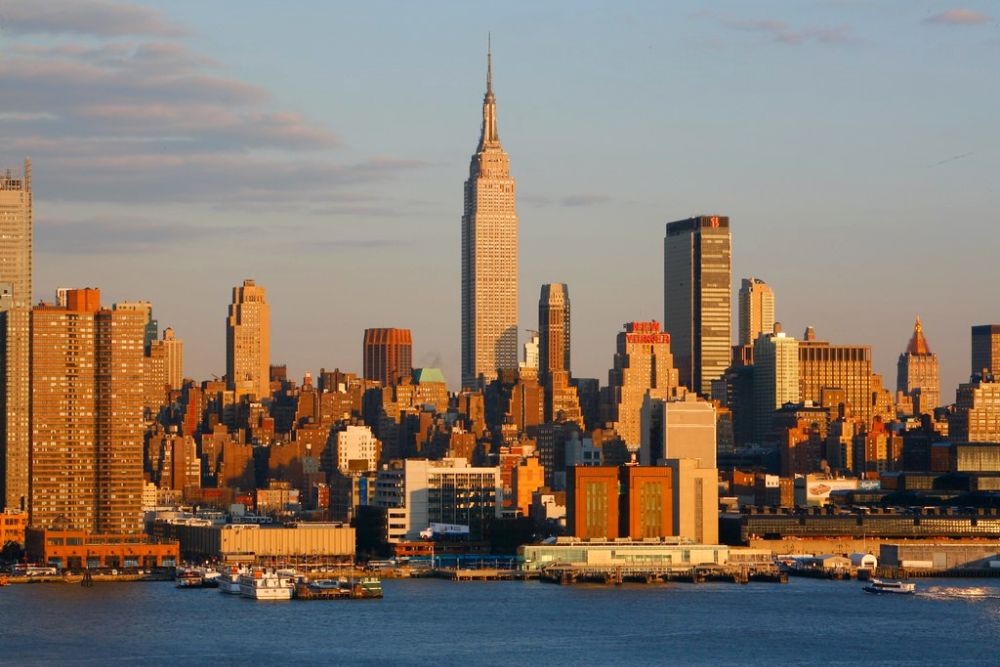
New York’s most famous borough occupies a narrow island between the Hudson and East Rivers, where skyscrapers rise from bedrock to create one of the world’s most recognizable skylines. The Dutch purchased the island from Native Americans in 1626 for goods valued at about 60 guilders (historically equated to around $24), beginning a transformation that would create America’s most important financial and cultural center.
The city’s grid system, established in 1811, maximized development on limited land while creating the orderly street pattern that defines Manhattan today. The island’s strategic location at the mouth of the Hudson River made it a natural gateway for immigration and trade.
Like Travel Pug’s content? Follow us on MSN.
Singapore
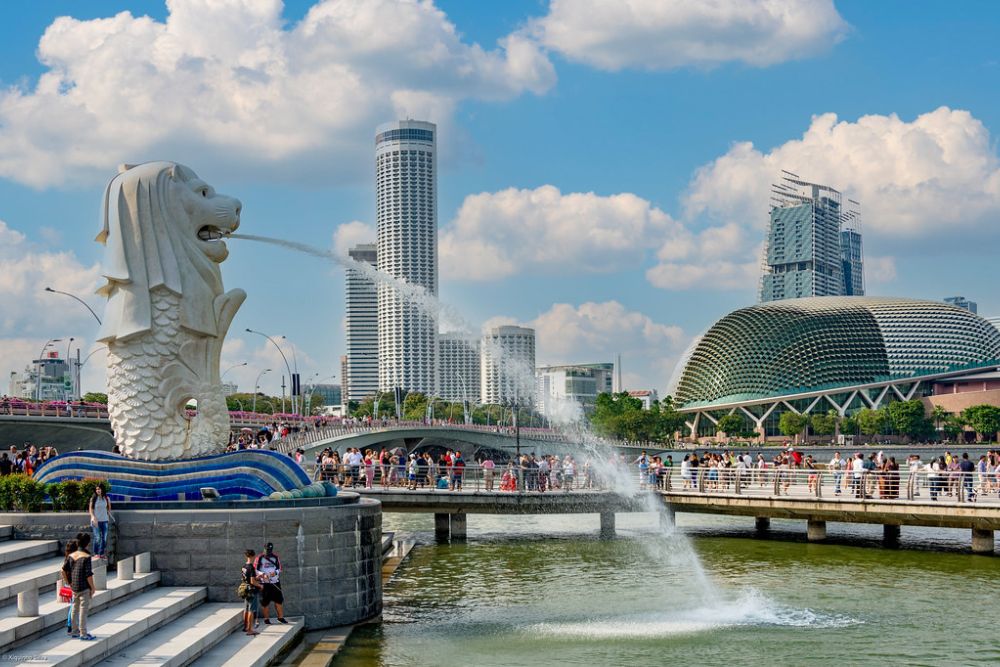
This island city-state at the southern tip of Malaysia has transformed from a British colonial trading post into one of Asia’s most prosperous nations. The city covers the main island plus 62 smaller islands, with land reclamation projects continuously expanding the available territory.
Singapore’s strategic location along major shipping lanes has made it one of the world’s busiest ports, while strict urban planning has created a model of efficient development. The city’s blend of modern architecture and preserved colonial buildings reflects its evolution from a trading post to a global financial center.
Hong Kong
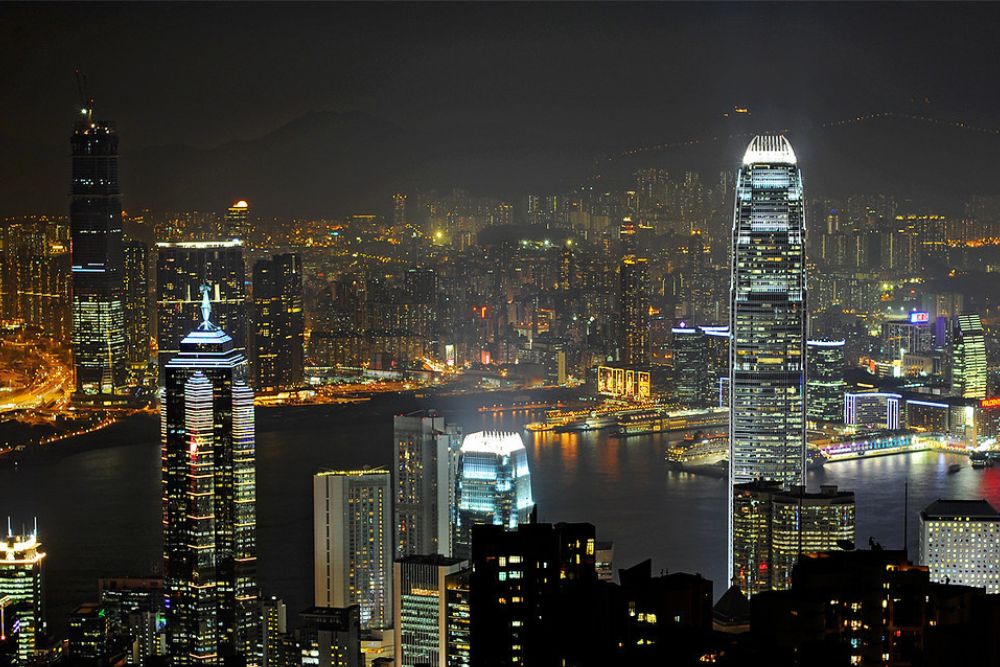
This former British colony comprises Hong Kong Island, the Kowloon Peninsula, and the New Territories, where dramatic topography has shaped one of the world’s most vertical cities. The city’s harbor provided the deep-water access that made it a crucial trading hub between China and the West, while limited flat land forced development upward.
Victoria Peak rises 1,800 feet above the harbor, providing spectacular views of the city’s forest of skyscrapers. The city’s unique blend of Eastern and Western influences reflects its history as a meeting point between cultures.
Montreal
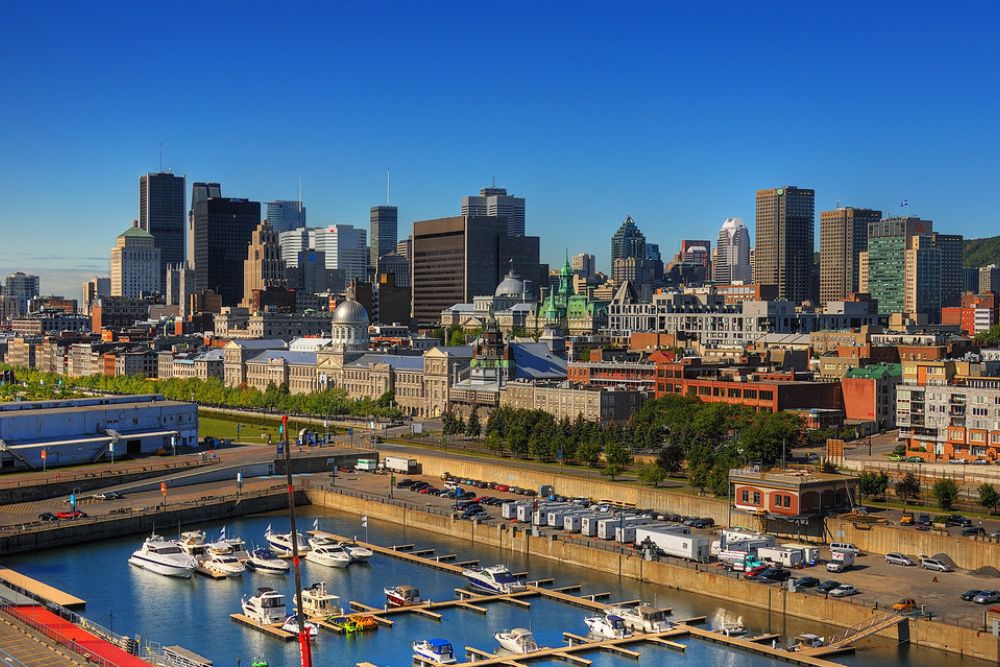
Canada’s second-largest city sits on an island in the St. Lawrence River, where the location provides natural protection while offering access to the continent’s interior via the Great Lakes. The city’s historic core preserves French colonial architecture dating back to the 1600s, while modern development has created a vibrant metropolitan area.
Mount Royal, the hill that gives the city its name, provides green space and spectacular views of the surrounding river system. The city’s bilingual culture reflects its position as a bridge between French and English Canada.
Like Travel Pug’s content? Follow us on MSN.
Malé

The capital of the Maldives occupies an island less than two miles long, where every square foot of land has been developed to accommodate the nation’s government and largest population center. The city houses over 100,000 people on just 2.2 square miles, making it one of the world’s most densely populated places.
Rising sea levels pose an existential threat to the city, which sits only three feet above sea level at its highest point. The government has constructed artificial islands to provide space for expansion while developing plans to relocate the entire population if necessary.
Stockholm
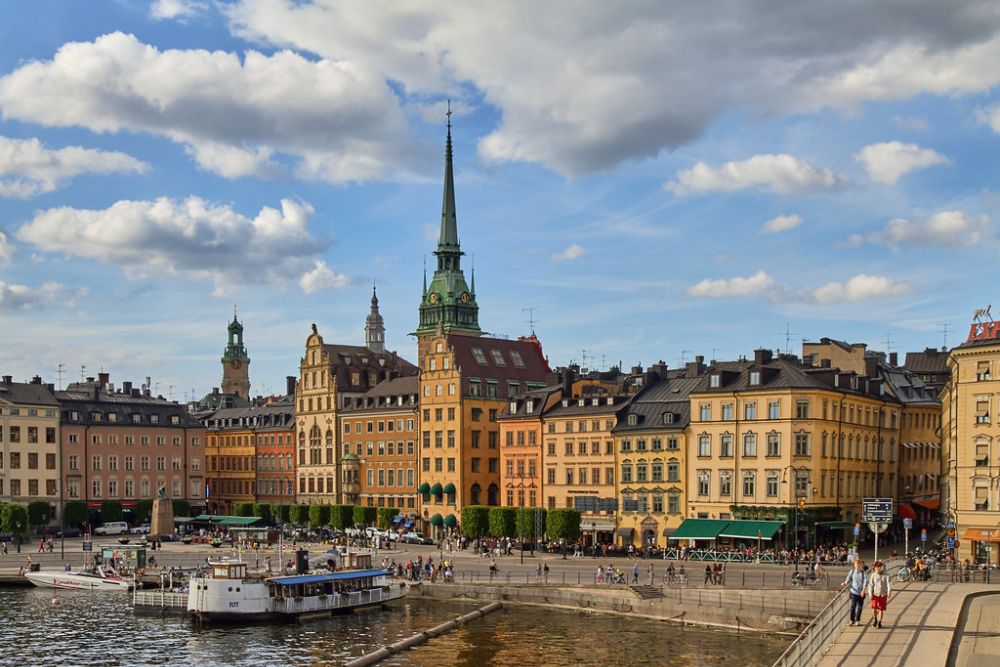
Sweden’s capital spans 14 islands connected by 57 bridges, where the location provides natural protection while offering access to the Baltic Sea and inland waterways. The city’s medieval old town preserves narrow cobblestone streets and colorful buildings that reflect its history as a major trading center.
The Royal Palace and other historic buildings occupy the central island, while modern development has spread to the surrounding islands. The city’s archipelago setting provides residents with easy access to thousands of islands and skerries that extend into the Baltic Sea.
Amsterdam
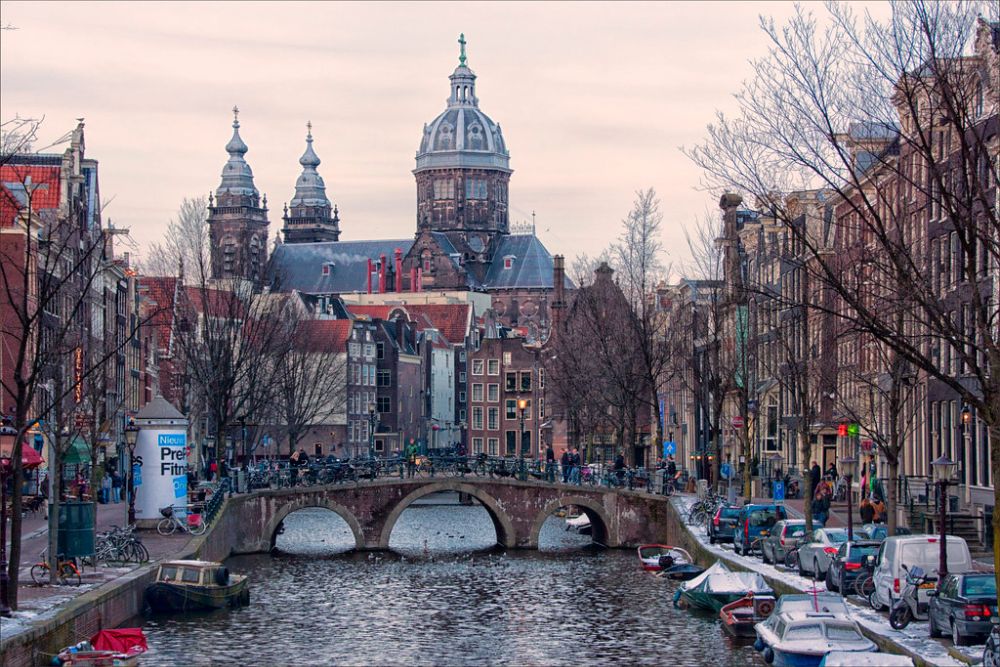
The Netherlands’ capital sits on a foundation of over 11 million wooden pilings that support the city’s famous concentric canals and historic buildings. The city’s location in the Zuiderzee provided access to the North Sea, while the inland position offered protection from storms and enemies.
The Golden Age of the 1600s created the wealth that funded the construction of elegant canal houses and public buildings that defined Amsterdam’s character. The city’s innovative water management systems continue to protect residents from flooding while maintaining the historic canal network.
Like Travel Pug’s content? Follow us on MSN.
Key West
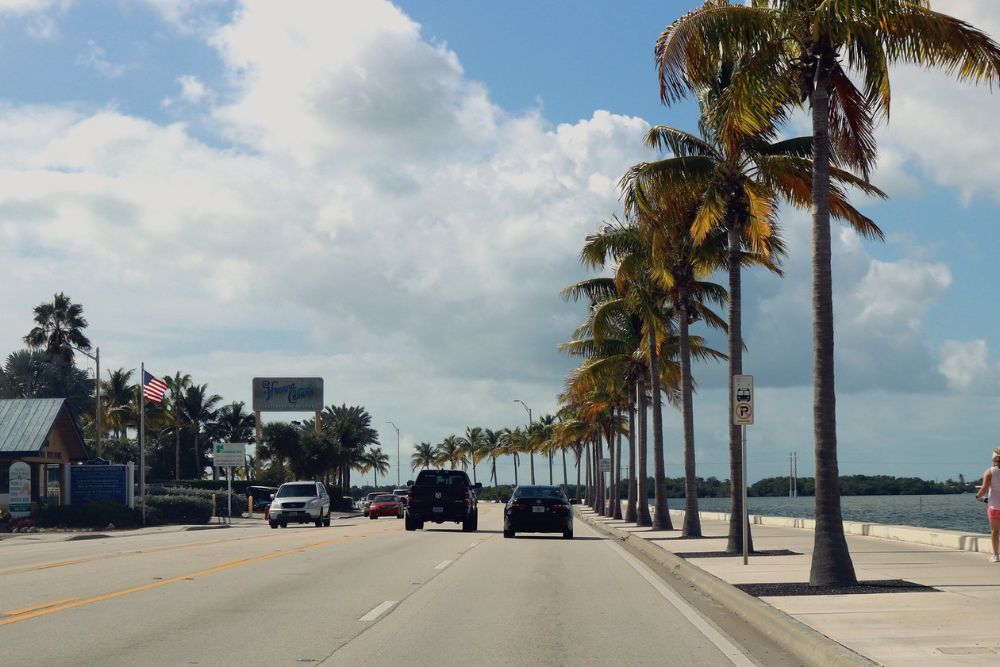
Florida’s southernmost city sits on a small island 90 miles from the mainland, where the location created a unique culture that blends American, Caribbean, and Cuban influences. The city’s historic buildings feature distinctive architecture adapted to the tropical climate, with raised foundations and wrap-around porches that provide cooling shade.
The deep-water harbor made Key West an important naval base and salvage port, while the island’s isolation fostered an independent spirit that persists today. The city’s position on the edge of the Gulf Stream provides access to some of the world’s finest fishing waters.
Reykjavik
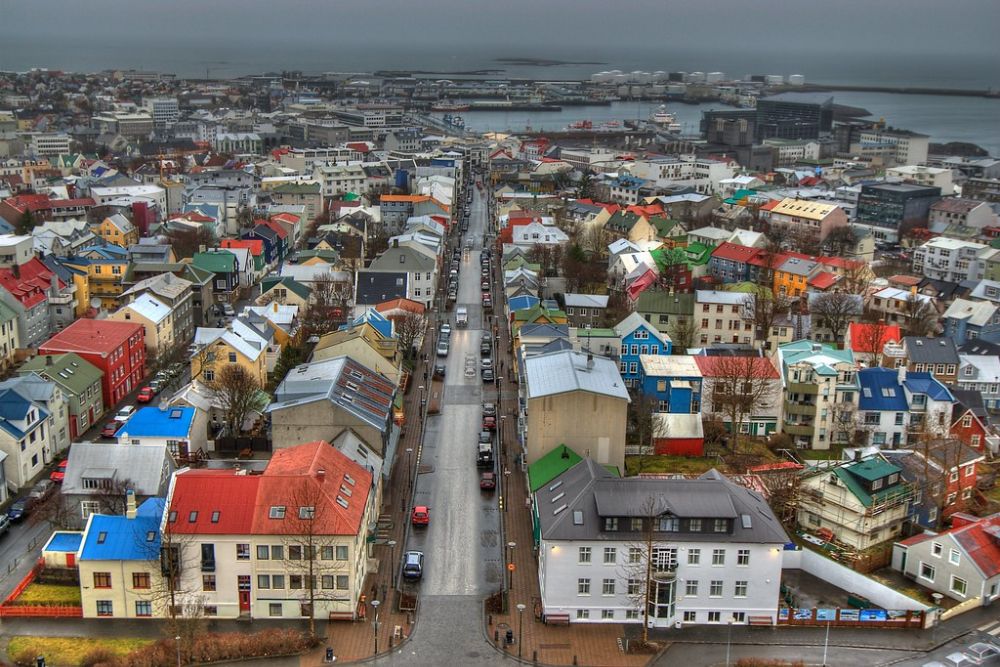
Iceland’s capital occupies a peninsula surrounded by bays and inlets, where geothermal energy provides heating and hot water for the entire city. The location offers protection from the harsh North Atlantic while providing access to the fishing grounds that sustained Iceland’s economy for centuries.
The city’s colorful buildings create a cheerful contrast to the dramatic volcanic landscape that surrounds the metropolitan area. The Northern Lights are visible from the city during winter months, while the midnight sun provides almost continuous daylight during summer.
Macau
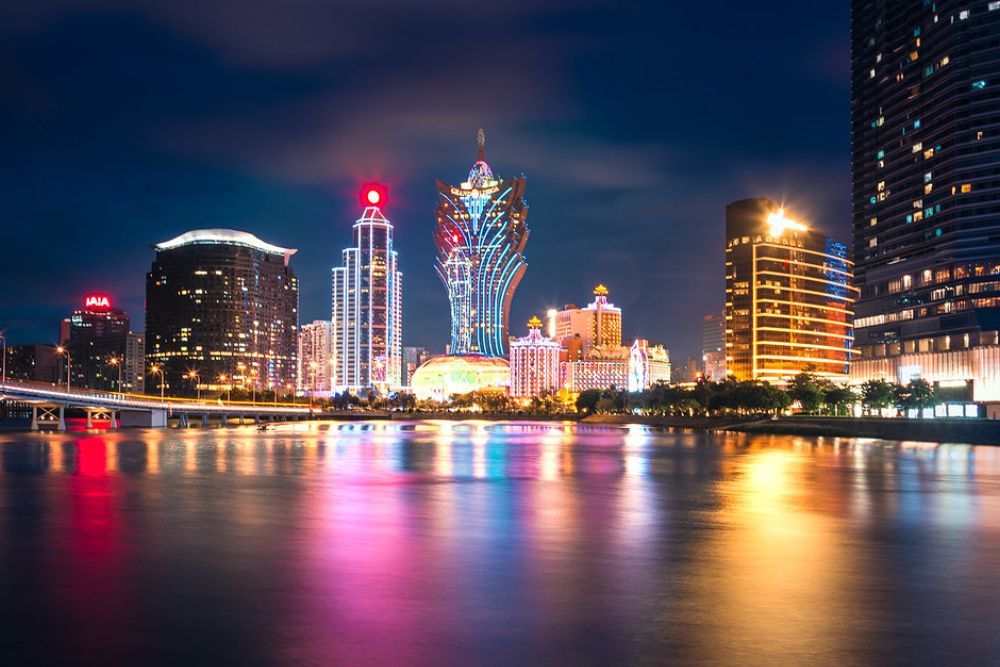
This former Portuguese colony occupied the Macau Peninsula and two islands, where the strategic location provided control over the Pearl River entrance to Canton. The city’s blend of Portuguese and Chinese cultures creates a unique atmosphere that reflects four centuries of cross-cultural exchange.
The historic center preserves colonial architecture and Chinese temples that demonstrate the successful integration of different architectural traditions. The city’s transformation into a major gaming destination has created a modern skyline that rivals Las Vegas.
Like Travel Pug’s content? Follow us on MSN.
Zanzibar City
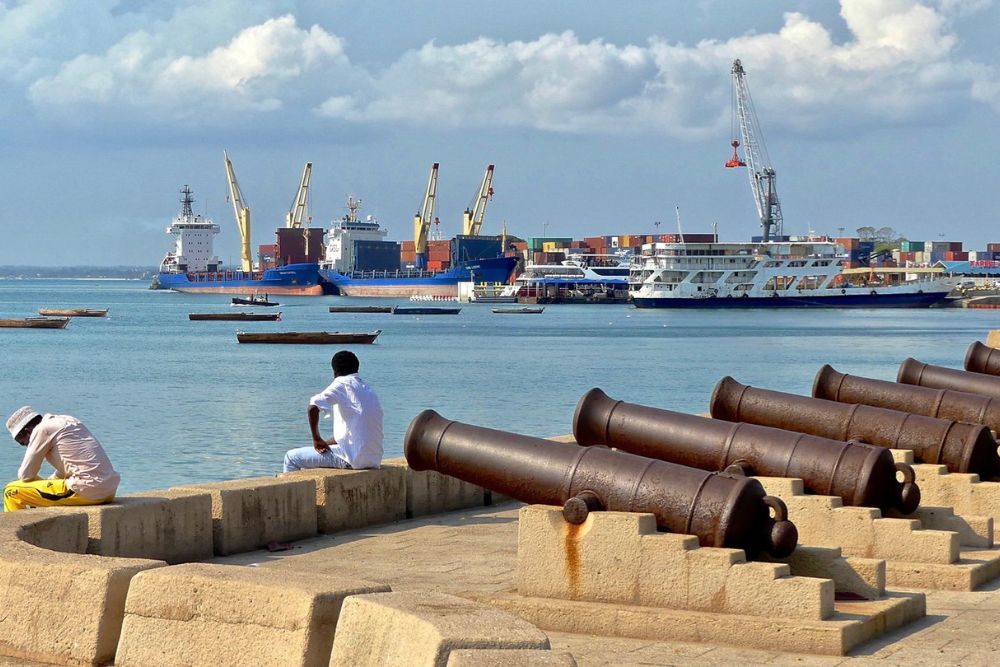
The capital of Tanzania’s Zanzibar archipelago occupies Stone Town, where Swahili, Arab, Persian, and Indian influences have created one of East Africa’s most distinctive cities. The city’s narrow streets and ornate buildings reflect its history as a major trading center for spices, gold, and ivory.
The location provided access to monsoon trade routes that connected East Africa with the Middle East and India. The city’s spice markets and historic architecture continue to attract visitors who come to experience authentic Swahili culture.
Victoria
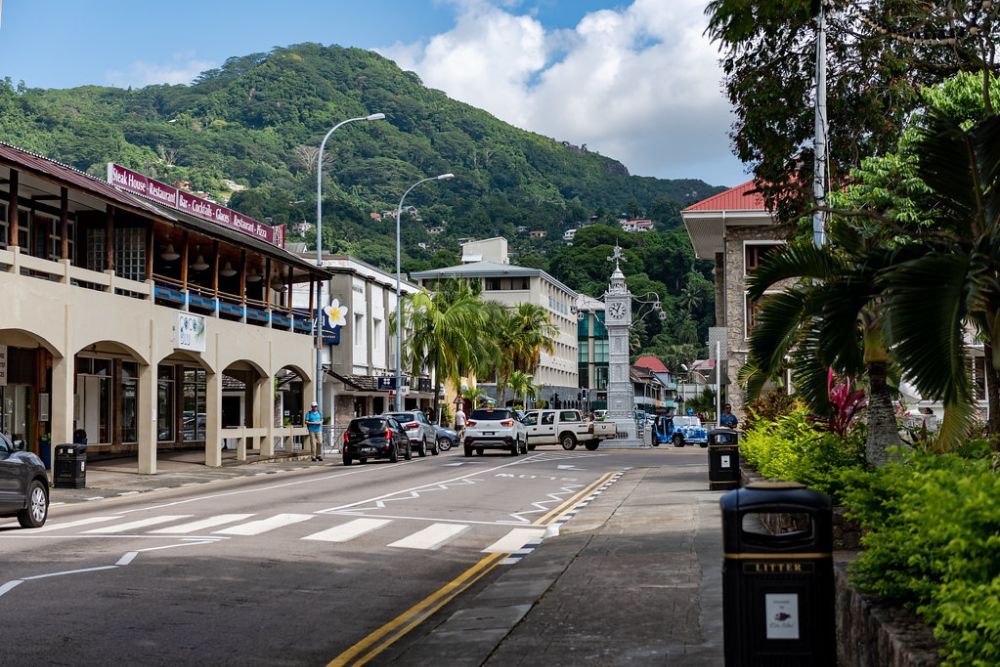
The capital of the Seychelles occupies Mahé Island, where the location provides access to some of the world’s most pristine coral reefs and marine ecosystems. The city’s Creole architecture reflects the unique culture that developed from African, French, and British influences.
The surrounding granite peaks and tropical vegetation create a dramatic backdrop for the small city, which serves as the economic and cultural center for the scattered island nation. The harbor accommodates both commercial fishing boats and luxury yachts, reflecting the city’s dual role as a working port and tourist destination.
Hobart
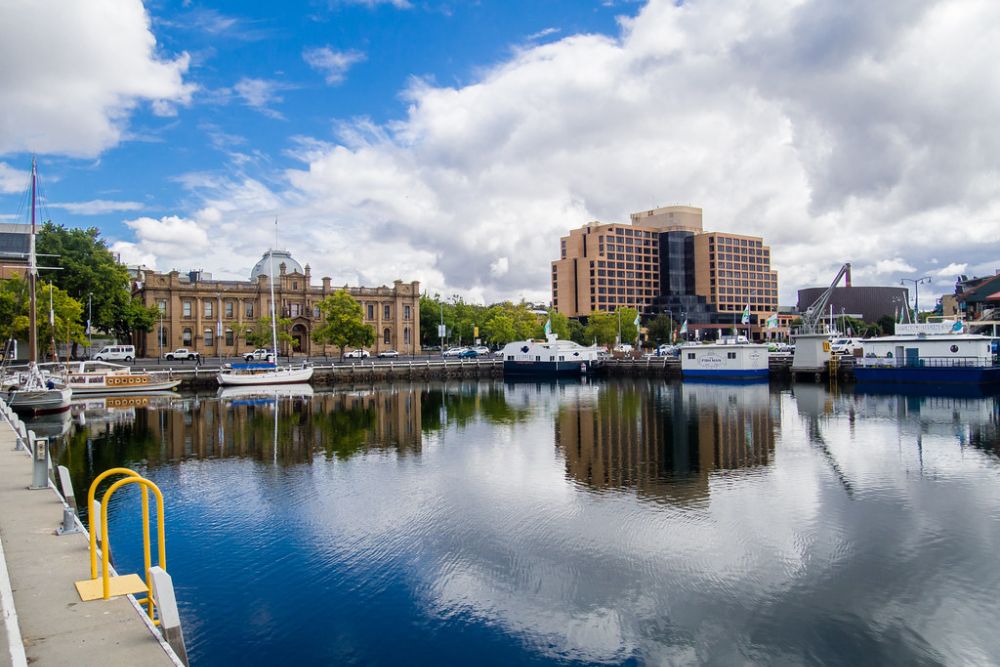
Tasmania’s capital sits on the Derwent River estuary, where the location provides natural protection while offering access to the Southern Ocean. The city’s historic buildings reflect its origins as a British penal colony, while modern development has created a vibrant arts and cultural scene.
Mount Wellington rises directly behind the city, providing spectacular views of the harbor and surrounding islands. The city’s position in the Roaring Forties creates a cool maritime climate that contrasts sharply with mainland Australia’s heat.
Like Travel Pug’s content? Follow us on MSN.
Where Islands Shape Cities
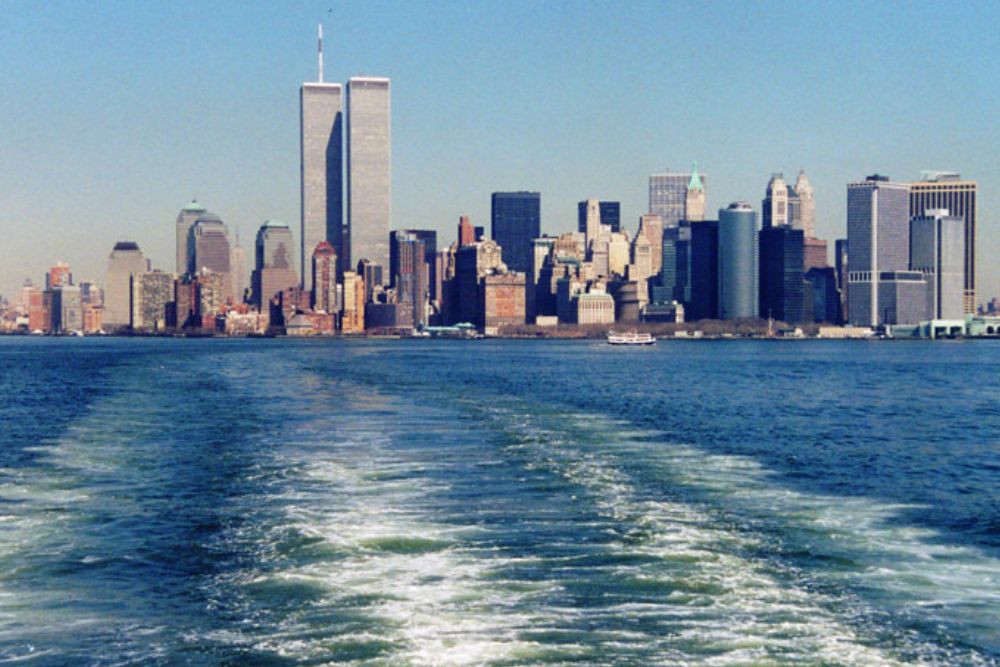
These remarkable cities demonstrate how island environments have fostered human creativity and adaptation throughout history. Each location has developed unique solutions to the challenges of limited land, isolation, and dependence on maritime connections.
The distinctive character of island cities continues to attract residents and visitors who appreciate the special atmosphere that emerges when human communities adapt to life surrounded by water.
More from Travel Pug

- 20 Best Beach Towns in the Carolinas
- 13 Destinations Where Tourists Regularly Regret Their Trip
- 20 Things You Actually Get in First Class
- 20 Small Airports With Aviation Museums
- 20 Places in the U.S. That Are Perfect for a Reset Trip
Like Travel Pug’s content? Follow us on MSN.
